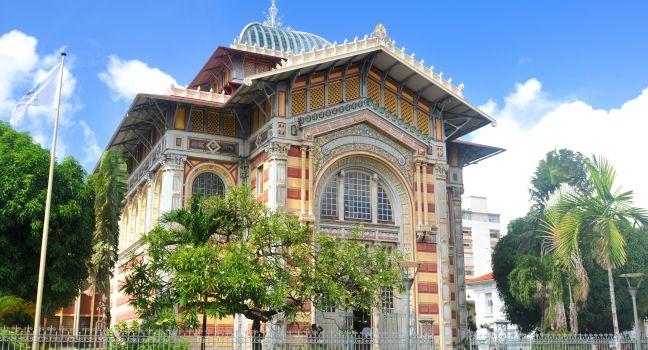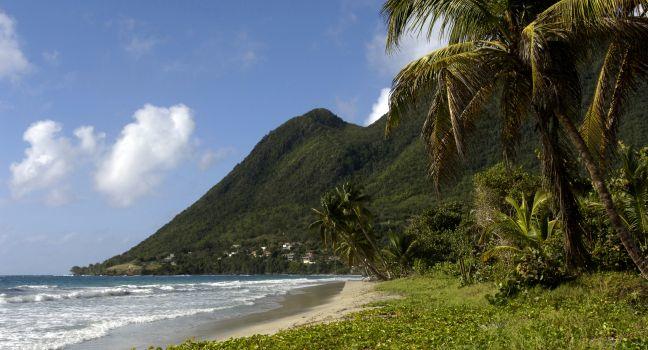Habitation Clément
Get a glimpse into Martinique's colonial past at this estate and rum distillery, the site of a former sugar cane plantation. Visitors are given a multilingual audio headset, which explains tour highlights. Signage further describes the rum-making process and other aspects of plantation life. The Palm Grove, with an avenue of palms and park benches, is a delightful place to reflect; the contemporary sculpture is fascinating. It was all built with the wealth generated by its rum distillery, and its 18th-century splendor has been lovingly preserved. The plantation's Creole house illustrates the adaption to life in the tropics up through the 20th century. An early French typewriter, a crank-up telephone, and decades-old photos of the Cléments and Hayots (béké families), are juxtaposed with modern Afro-Caribbean art. The newest building houses an art gallery that showcases contemporary, Caribbean art, and sculpture. Enjoy the free tastings at the bar of the retail shop. Consider the Canne Bleu, Grappe Blanche, or one of the aged rums, some bottled as early as 1952.
Children get a discount. Also, allow 1½–2 hours to see everything. The ticket office closes at 5.






